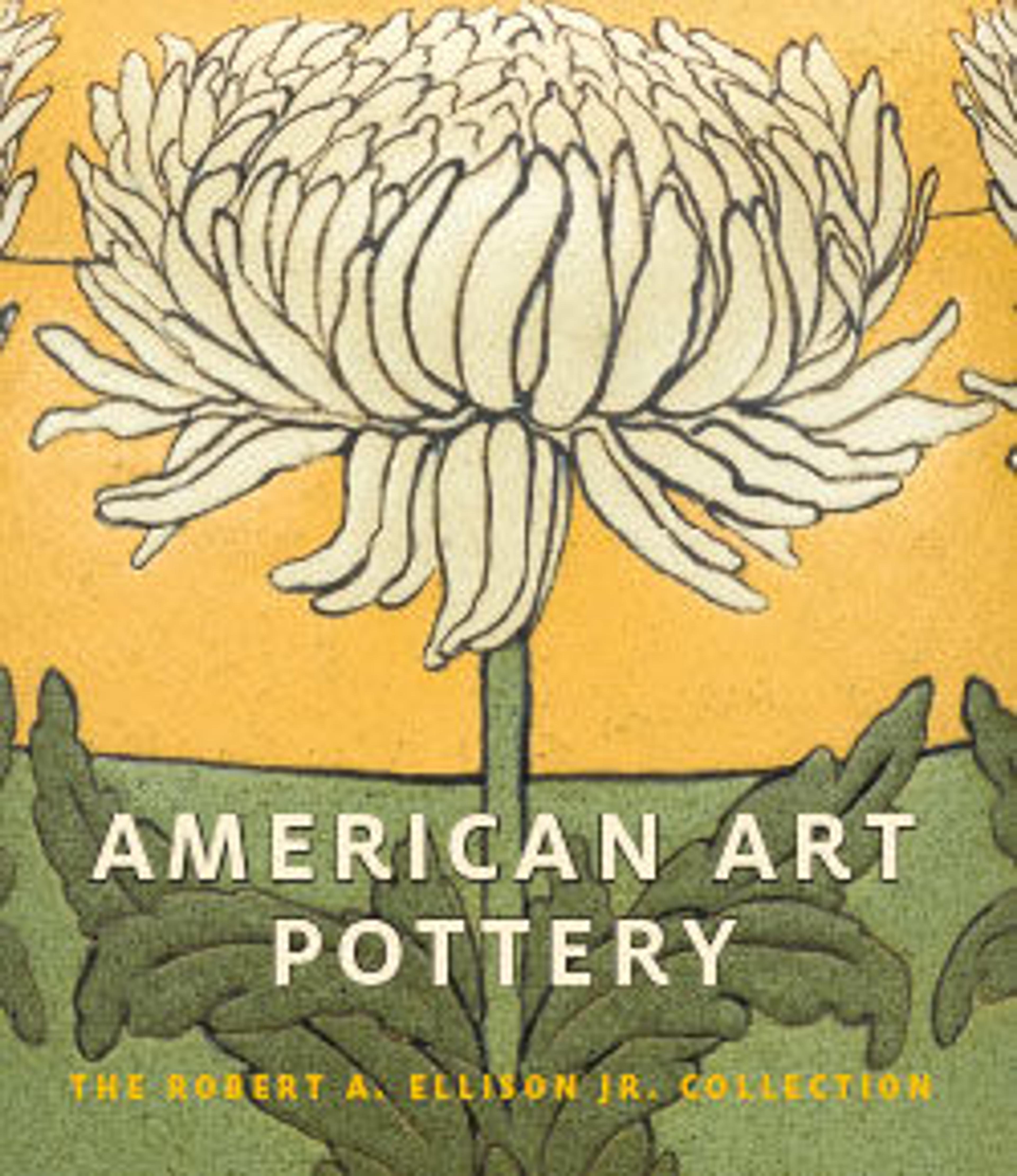Pitcher
The Chelsea Keramic Art Works was the first American ceramics firm to designate itself an "art pottery." It was founded in Chelsea, Massachusetts, by members of the Robertson family, all of whom had honed their skills in the ceramics industry in Britain before coming to this country. An early specialty of the firm was the reproduction of Ancient Greek pottery made fashionable by such English tastemakers as Charles Locke Eastlake. Especially well-received I the United Sates were the Greek style wares exhibited at the 1876 Centennial Exhibition in Philadelphia by the Copenhagen firm of P. Ipsens Enke. Chelsea's rich red clay was particularly well suited to Greek designs. This finely potted redware pitcher copies a well-known metal pitcher that had been excavated at Pompeii and was frequently reproduced at the time for the tourist trade. Chelsea interpreted the form in red bisque (2018.294.23) and glazed versions, such as this example. It copies the Roman model not only the basic vessel shape but also, more specifically, the forepart of a fully modeled hippocampus at the top of the handle and a mask at the lower terminal.
Thispitcher is from the Robert A. Ellison Jr. Collection of American art pottery donated to the Metropolitan Museum in 2017 and 2018. The works in the collection date from the mid-1870s through the 1950s. Together they comprise one of the most comprehensive and important assemblages of this material known.
Thispitcher is from the Robert A. Ellison Jr. Collection of American art pottery donated to the Metropolitan Museum in 2017 and 2018. The works in the collection date from the mid-1870s through the 1950s. Together they comprise one of the most comprehensive and important assemblages of this material known.
Artwork Details
- Title: Pitcher
- Manufacturer: Chelsea Keramic Art Works (1872–1889)
- Designer: Hugh C. Robertson (1844–1908)
- Date: ca. 1877–89
- Geography: Made in Chelsea, Massachusetts, United States
- Culture: American
- Medium: Earthenware
- Dimensions: 7 7/8 x 4 7/8 in. (20 x 12.4 cm)
- Credit Line: Gift of Robert A. Ellison Jr., 2018
- Object Number: 2018.294.30
- Curatorial Department: The American Wing
More Artwork
Research Resources
The Met provides unparalleled resources for research and welcomes an international community of students and scholars. The Met's Open Access API is where creators and researchers can connect to the The Met collection. Open Access data and public domain images are available for unrestricted commercial and noncommercial use without permission or fee.
To request images under copyright and other restrictions, please use this Image Request form.
Feedback
We continue to research and examine historical and cultural context for objects in The Met collection. If you have comments or questions about this object record, please complete and submit this form. The Museum looks forward to receiving your comments.
